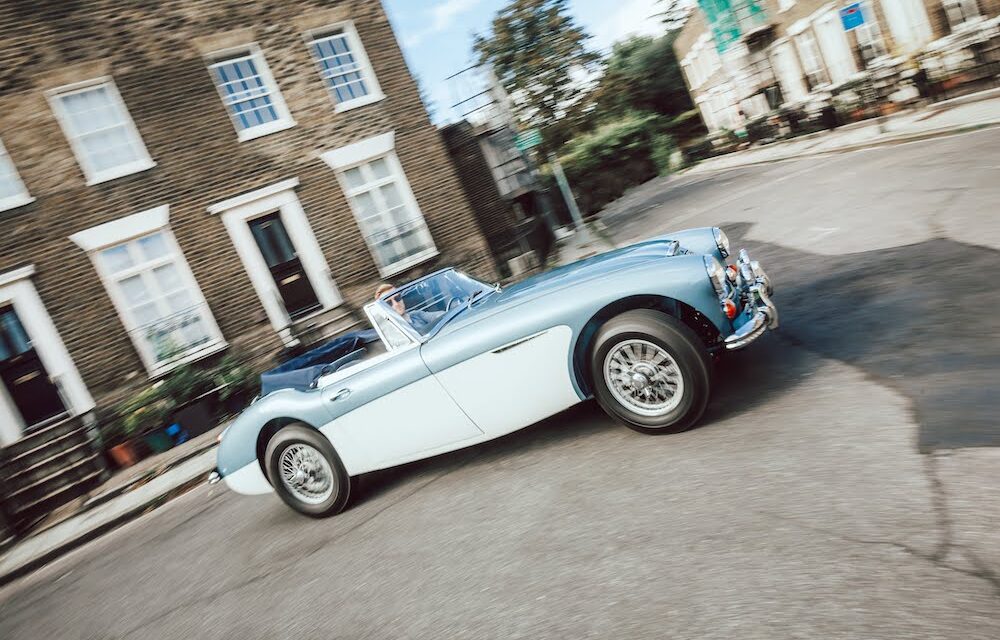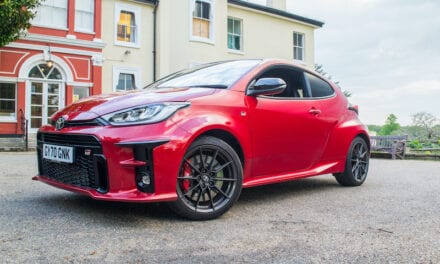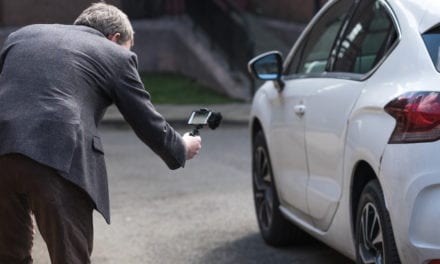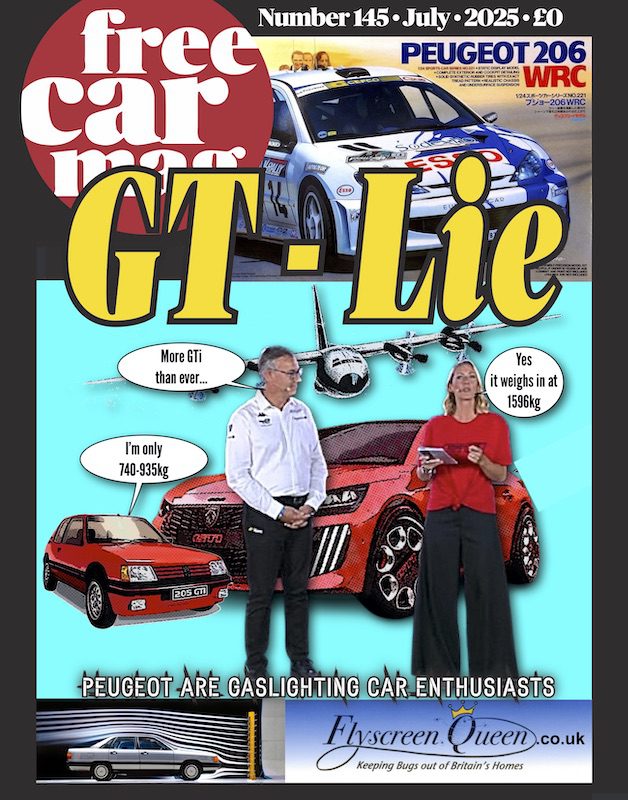Revival Autos in London gives new lease of life to vintage British Roadsters
A pair of stunning and beautifully restored Austin Healeys sit awaiting my attention. The Blue car is a 1965 Healey 3000, and the white car is a 1957 100/6. It’s a bright sunny day, we’re in the very heart of London, and I’ll be driving both. But these aren’t ordinary classic British roadsters. They’re hiding a secret.
Some would say it’s a surprising secret, others might call intriguing, interesting, delightful even. However, yet a few might describe it as a dark and terrible secret. You see their engines have been ripped out and replaced with an electric motor and batteries harvested from a Nissan Leaf EV.
The latest entrant to the fast-growing world of converting classics to electric, is Revival Autos, based in Vauxhall, London, which is drawing on established expertise in the business, to offer an exclusive limited run of 10 classic Austin Healey sports cars converted to electric.
The cars reviewed here are the first two of eight. Most will be fitted with 110kW (148bhp and 320Nm of torque) motor and a 40kWh battery with an estimated single charge range of 150 miles.
That output is on par with the original cars, but there’s far more torque on tap (about 225Nm on the original petrol version). They are also building a more powerful 160kW (215bhp and 340Nm) edition, which will actually be the third car completed. Charging to 80% takes about 30 minutes.
There are no official performance figures, but expect them to be much quicker than the original petrol versions. The battery pack and motor are installed in the front, using original custom-made brackets to attach them to existing fittings so that the architecture of the engine bay remains unchained, and the supplanted petrol engines, which are sold together with the cars, can easily be reinstalled if the owner wishes.
The EV installation adds about 5-10% in terms of weight depending on the configuration and a supplementary battery pack is also added in the boot to improve front/rear weight distribution, which is actually said to reduce the understeer present in the regular car. The manual gearbox and clutch are retained.
Apart from a digital display box hidden in the glovebox indicating charge, an instrument panel digital display that will soon be available replacing the volt-meter, and USB charging, there’s nothing inside the car to indicate this is an EV, apart from the Revival Autos plaque.
The cars are also fitted with a Tesla heating system, heated seats and an uprated entertainment system. Artificial engine noise can also be optioned, this is hooked up to respond to throttle pressure, and you can select from a range of cars from a Lamborghini Urus to 5.0 Ford Mustangs, although classic car sounds will be made available soon too.
The complete cars start from £125,000 and takes two months to prepare, depending on the condition of the original car as all Healeys are supplied in a high state of restoration.
The blue Healey 3000 is the first car to be completed and fitted with an 80kW (110bhp and 285Nm) Motor and 30kWh Battery pack.
Two quirks of driving classic cars immediately become apparent, the non-power assisted steering – which wouldn’t be a huge issue if I wasn’t sitting so close to the steering wheel (being tall, lanky with long arms and legs doesn’t quite suit the 3000), and the brakes that travel deep before finally biting in response to the prayers you’ve had time to utter (or the colourful language, depending on your tendencies).
The other quirk of old cars is cantankerous gearboxes and agricultural clutches with wayward biting points – not in this car though. As mentioned, it does retain the manual. And you do need to depress the clutch to select the gear. But once selected you can hold it on the brakes and don’t need the third pedal to move off, indeed around town you can keep it in second or third and pretty much drive it as an automatic.
Acceleration is more eager than an Austin Healer is used to, and this is after the torque curve has had to be subdued initially, as too much instant power could potentially damage the drivetrain, plus there is no traction control and nor will it be added.
As such it retains some of that classic car driving experience, in the sense that the steering, throttle and brakes remain analogue. You can feel what this car is doing, and you have to work at it a little bit, though a lot less than if you were driving an original.
What you would miss is the engine noise, but the simulated sound somewhat makes up for it, even if it is a little ill-fitting, plus it’s useful to let others hear you arriving. Driving a clean and quiet classic on a bright sunny day around Parliament Square, without having to pay congestion charging (it’s exempt as an EV) seems the perfect scenario for this revitalised and charged up Healey.
The 100/6 with the more powerful motor instantly feels friskier, firmer, more potent, it’ll snap your neck back if you let it, and if you can find enough room in London to unleash its potential. But this car is not only quicker, it’s much more resolved. Despite having drum brakes, not discs like the first car, they’re better aligned and set-up, plus far more reassuring and confidence-inspiring.
The ride on both cars is actually brilliant, with no harshness you often get from today’s cars and certain modern EVs, and they both feel extremely tight and well put together (or should that be put back together), plus the body stays flat and unflustered, although we’re not able to throw the car around much in London.
Which is annoying in the 100/6, because I really want to. Not only has my confidence grown behind the wheel of this car, but also the wheel is further away, thanks to their being physically more room in it. Apparently, the folding roof of the 3000 robbed the Healey’s cabin of some space, which is not the case in this car.
This gives me more leverage over the steering wheel, and just a more relaxed and comfortable driving position. Combine this with the performance, solidity and improved stopping, and I’d quite fancy taking it on a B-road blast.
Frankly these electrified classics are not for everyone, some will consider it blasphemous to do what Revival Autos has done, but they do present an alternative option for classic car owners, that tend to find themselves using and driving such cars more often in an urban setting. And while they lose certain visceral factors – the rawness of the transmission, the reek of oil and fuel, and the accompanying soundtrack, they make up for it in ease of driving. It’s not a choice for everyone, but at least it’s a choice.
BrownCarGuy.com
YouTube.com/BrownCarGuy
Facebook.com/BrownCarGuy
Instagram.com/ShahzadSheikh
Twitter.com/Shahzad_Sheikh











